 Welcome to the Fender Rumble 40 V3 Bass Amplifier. This amp is perfect for exploring a wide range of bass tones, from classic growl to modern punch. The newly-developed overdrive circuit and switchable contour controls give you plenty of options to play with, while the beefy 40 watt class D power amp and ported speaker enclosure provide plenty of volume and deep bass response. But don’t let all that power fool you – this amp is very light in weight, only 18 pounds.
Welcome to the Fender Rumble 40 V3 Bass Amplifier. This amp is perfect for exploring a wide range of bass tones, from classic growl to modern punch. The newly-developed overdrive circuit and switchable contour controls give you plenty of options to play with, while the beefy 40 watt class D power amp and ported speaker enclosure provide plenty of volume and deep bass response. But don’t let all that power fool you – this amp is very light in weight, only 18 pounds.Table of Contents
Fender Rumble 40 User Manual
Pros & Cons of Fender Rumble 40
The Fender Rumble 40 V3 Bass Amplifier is a great choice for bassists of all levels who are looking for an amp with plenty of power and features.Buyer’s Guide
What is an Amplifier?
An amplifier is a device that takes a signal from an instrument or other audio source and makes it louder. This signal is then sent to a speaker, where it is converted into sound waves that we can hear.
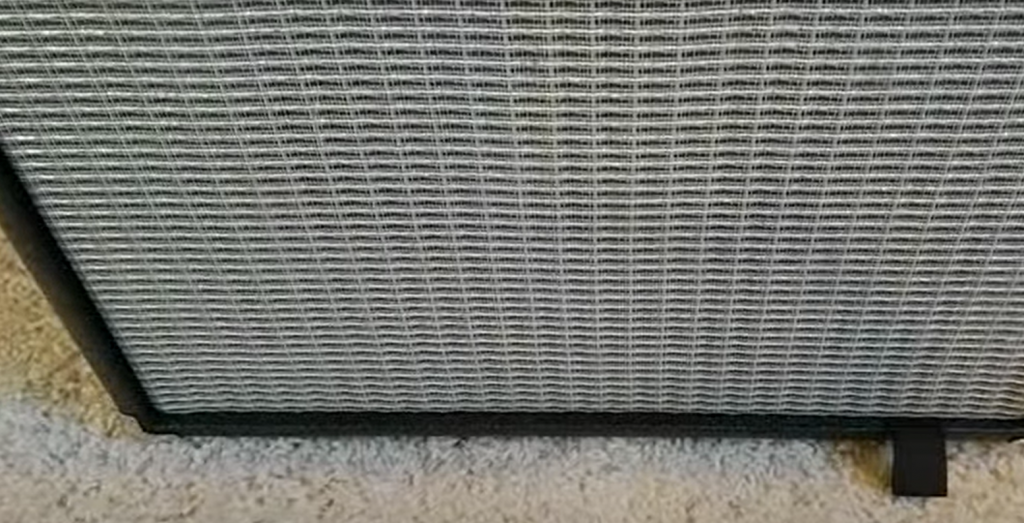
There are many different types of amplifiers, and they come in all shapes and sizes. Some amps are designed specifically for electric guitars, while others are better suited for acoustic instruments or keyboards. There are also amps that are made for use with PA systems, and these usually have multiple channels so that you can connect multiple microphones or other audio sources. [1]
How Does an Amplifier Work?
An amplifier takes the signal from an instrument or other audio source and increases its amplitude or loudness. This happens by using electronic components to increase the strength of the signal.
The first stage of an amplifier is the input stage, where the signal is received and amplified. This is followed by the power stage, where the amplified signal is sent to a speaker. The final stage is the output stage, where the sound waves are converted into electrical signals that can be sent to a speaker. [2]
What Can I Use an Amplifier For?
Amplifiers are most commonly used with electric guitars, but they can also be used with other instruments such as acoustic guitars, keyboards, and even drums. They are also often used in PA systems to amplify the sound of a microphone or other audio source.
Live performance
If you’re playing in a band, an amplifier is essential for amplifying your instrument so that it can be heard over the other instruments and the vocals. Without an amp, you would likely not be able to hear yourself very well, and your instrument would sound much quieter than the other instruments onstage.
A good rule of thumb is that you should have at least one watt of power for every person in the audience. So, if you’re playing in a club with a hundred people, you’ll need an amp that can produce at least 100 watts of power.
Jamming
If you want to jam along with your favorite songs, an amplifier can be a great way to do it. You can plug your MP3 player into the auxiliary input of an amplifier and play along with the music. This is a great way to practice your instrument and learn new songs.
It’s also a lot of fun to play along with your favorite songs. When you hear a song that you love, it’s natural to want to play along with it. And playing along with music is a great way to improve your skills as a musician.
Recording
If you’re recording your own music, an amplifier can be a great way to get a better sound. You can plug your instrument into the input of an amplifier and then record the sound that comes out of the amplifier. This will give you a much fuller sound than if you were to just record your instrument directly into your computer.
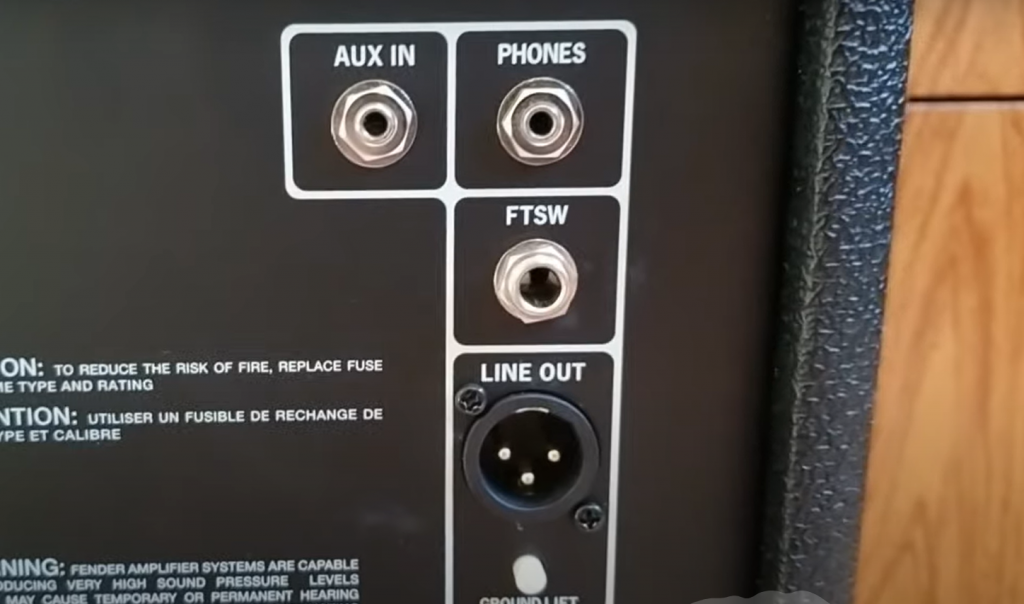
It’s also a good idea to have an amplifier when you’re recording with other people. If everyone is plugged into an amp, it will be easier to balance the levels and get a good sound.
Speaker
The speaker is the part of the amplifier that converts the electrical signal into sound waves.
The size of the speaker is important, as a larger speaker will be able to produce more sound. The type of speaker is also important, as different types of speakers are better suited for different types of music.
For example, a bass player might want a speaker that is designed specifically for reproducing low frequencies. A guitar player might want a speaker that has a lot of mid-range frequencies. And a drummer might want a speaker that can handle high volumes without distorting the sound.
Reamping
Reamping is a technique that is often used in recording studios. It involves sending the signal from an instrument or other audio source through an amplifier and then recording the sound that comes out of the amplifier.
This can be a great way to get a different sound for your recordings. For example, if you recorded a guitar part using a clean tone, you could reamp the signal and send it through a distortion pedal to get a dirty sound.
Reamping can also be used to fix problems with recordings. For example, if you recorded a guitar part and the level was too low, you could reamp the signal and turn up the volume on the amplifier to fix the problem. [3]
Annoying your neighbors, family, partner and pets
This one is more for electric guitarists.
The same goes for your family and pets. They might not be too happy with the noise if you’re jamming along to your favorite songs at full volume.
So, if you’re going to practice with an amplifier, it’s important to be considerate of those around you and keep the volume down.
What are the Different Types of Guitar Amplifiers?
There are a few different types of guitar amplifiers, each with its own strengths and weaknesses.
The most common type of amplifier is the solid state amplifier. Solid state amplifiers are known for being reliable and affordable. They typically don’t have as good of sound quality as tube amplifiers, but they’re much easier to maintain.
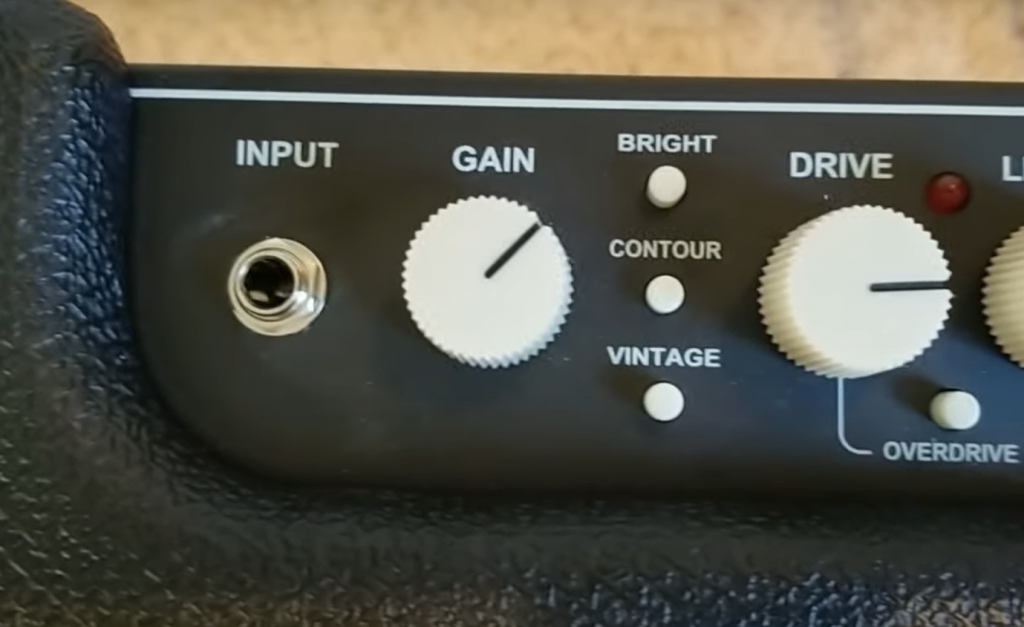
Tube amplifiers are prized for their superior sound quality. They’re usually more expensive than solid state amplifiers, and they require more maintenance. But if you’re looking for the best possible sound, a tube amplifier is the way to go. [4]
There are also hybrid amplifiers, which combine elements of both solid state and tube amplifiers. Hybrid amplifiers can be a great option if you’re looking for a good blend of sound quality and affordability.
Tube (valve) amps
Tube amps are amplifiers that use vacuum tubes to amplify the signal. They’re often considered to be the best sounding type of amplifier, but they’re also the most expensive and require the most maintenance.
If you’re looking for the best possible sound, a tube amplifier is a way to go. But be prepared to pay a premium price and put in some extra effort to keep it running properly.
Solid-state amps
Solid-state amps are amplifiers that use transistors to amplify the signal. They’re much cheaper than tube amplifiers and they’re easier to maintain.
Solid-state amps don’t have the same sound quality as tube amplifiers, but they’re a good option if you’re on a budget or you don’t want to deal with the extra maintenance.
Hybrid amps
Hybrid amps are amplifiers that use both tubes and transistors to amplify the signal. They’re a good middle ground between tube and solid state amplifiers, offering a good blend of sound quality and affordability.
If you’re looking for an amplifier that sounds good without breaking the bank, a hybrid amplifier is a great option.
Modeling amps
Modeling amps are amplifiers that use digital technology to simulate the sound of different types of amplifiers.
Modeling amps can be a great option if you’re looking for versatility. You can usually get a wide range of sounds out of a single modeling amp, which can be helpful if you play multiple genres of music.
The downside of modeling amps is that they often don’t have the same sound quality as a traditional tube or solid state amplifiers. But they can be a good option if you’re on a budget or you’re looking for an amplifier with a lot of features.
Acoustic amps
Acoustic amps are amplifiers that are specifically designed to amplify acoustic guitars.
If you play acoustic guitar, an acoustic amplifier is a good option. These amplifiers are designed to reproduce the natural sound of an acoustic guitar, so you can get the best possible sound out of your instrument.
The downside of acoustic amps is that they’re typically more expensive than other types of amplifiers. But if you’re looking for the best possible sound for your acoustic guitar, an acoustic amplifier is a great option.
What to Consider When Buying a Guitar Amplifier
There are a few things to consider when buying a guitar amplifier.
The first thing to consider is the type of amplifier you want. As we mentioned earlier, there are tube amplifiers, solid state amplifiers, hybrid amplifiers, modeling amplifiers, and acoustic amplifiers. Each type of amplifier has its own strengths and weaknesses, so it’s important to choose the one that’s right for you.
The second thing to consider is your budget. Amplifiers can range in price from a few hundred dollars to a few thousand dollars. It’s important to set a budget before you start shopping so you don’t get overwhelmed by the options.
Finally, think about what features you want in an amplifier. Do you need multiple channels? Do you need built-in effects? Do you need a headphone jack? Make a list of the features you want and use it to narrow down your options.
Buying a guitar amplifier is a big decision, but if you take the time to consider your needs, you’ll be able to find the perfect amp for you.
Amplifier controls and jacks
Most amplifiers have a few basic controls: volume, tone, and gain.
The volume control adjusts the overall loudness of the amplifier. The tone control adjusts the balance between treble and bass frequencies. And the gain control adjusts the level of distortion.
Some amplifiers also have built-in effects, such as reverb or delay. And some amplifiers have multiple channels, which allow you to switch between clean and distorted sounds.
Input jacks are where you plug your guitar into the amplifier. Output jacks are typically used for connecting to external devices, such as pedals or recording equipment. And speaker jacks are used for connecting to external speakers.
Some amplifiers also have an effects loop, which is a set of jacks that allows you to connect external effects pedals to the amplifier.
Cabinets and head stacks
Most guitar amplifiers have two parts: the head and the cabinet.
The head is the part of the amplifier that contains the electronic components, such as the power supply, preamp, and power amp. The cabinet is the part of the amplifier that contains the speakers.
Guitar amplifiers can be sold as a head only, a cabinet only, or a head and cabinet combo.
If you’re looking for the best sound quality, you’ll want to buy a head and cabinet combo. But if you’re on a budget, you can get by with just a head or just a cabinet.
Wattage
The wattage of an amplifier indicates how much power the amplifier can produce.
The wattage of an amplifier is important, but it’s not the only thing to consider. The size of the speaker and the type of music you play are also important factors.
For example, a 100-watt amplifier might be too much power for a small club, but it would be perfect for a large stadium. And a 100-watt amplifier might be just right for a metal band, but it would be too much power for a folk singer.
As a general rule, higher wattage amplifiers are more expensive. But don’t let the wattage alone dictate your decision. Make sure to listen to amplifiers before you buy to make sure they have the sound you’re looking for.
Other bits and pieces
There are a few other things to consider when buying a guitar amplifier.
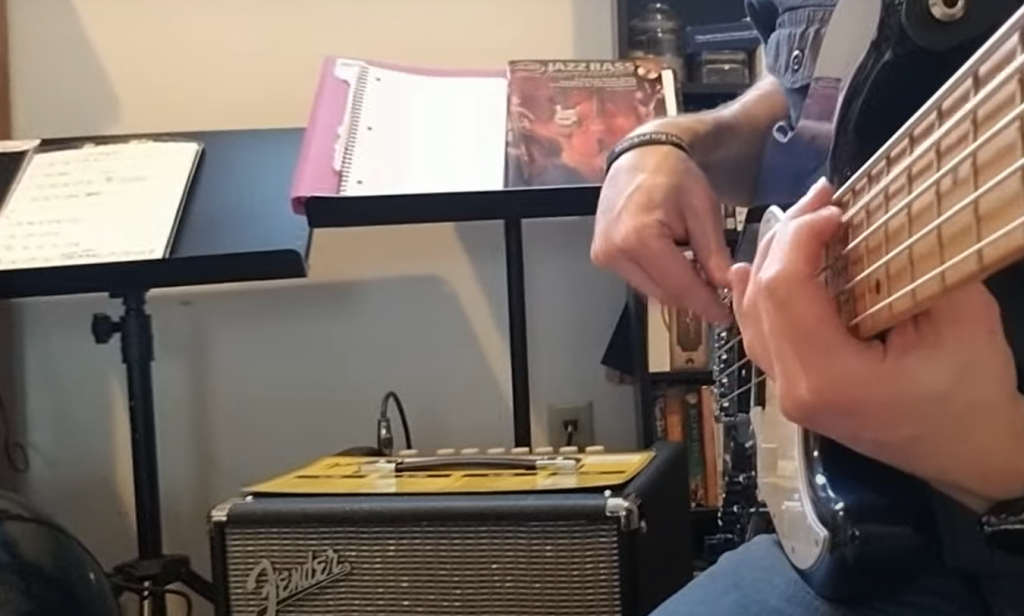
First, think about the type of music you want to play. Different genres of music require different types of amplifiers. For example, metalheads will need a different amplifier than jazz musicians.
Second, think about the other equipment you’ll need. For example, do you need an effects pedal? Do you need a footswitch? Do you need a power supply? Make sure to factor in the cost of these items when setting your budget.
Finally, make sure to do your research before you buy. Read reviews, watch videos, and talk to other musicians to get their opinion on the best amplifiers for your needs.
With so many guitar amplifiers on the market, it can be tough to know where to start. But if you take the time to consider your needs, you’ll be able to find the perfect amp for you.
FAQ
What frequency should I set my amp?
The frequency of your amp should be matched to the size of your room.
If you’re playing in a small room, you’ll want to keep the frequency low. This will prevent the sound from bouncing around and sounding muddy.
If you’re playing in a large room, you’ll want to keep the frequency high. This will allow the sound to carry and prevent it from getting lost in the mix.
What should my input sensitivity be set to?
The input sensitivity of your amp should be matched to the output of your guitar.
If you have a high-output guitar, you’ll want to set the input sensitivity to high. This will prevent the sound from getting distorted.
If you have a low-output guitar, you’ll want to set the input sensitivity to low. This will allow the sound to be louder without getting distorted.
Why is 80 Hz the best crossover?
The crossover is the frequency at which the bass frequencies are rolled off.
80 Hz is generally considered to be the best crossover for two reasons:
First, it’s the frequency at which most people can start to hear low frequencies. This means that setting the crossover at 80 Hz will allow most people to hear the full range of your bass sound.
Second, it’s the frequency at which most subwoofers start to roll off. This means that setting the crossover at 80 Hz will prevent your subwoofer from trying to reproduce frequencies that it can’t accurately reproduce. [5]
What does LFE main mean?
LFE main is a setting on some bass amplifiers that allows you to send the low frequencies to the main speakers and the high frequencies to the subwoofer.
This setting is generally used in two-channel systems where the main speakers are not capable of reproducing low frequencies accurately. [6]
Can I use a receiver as a preamp?
Yes, you can use a receiver as a preamp. However, you will need to make sure that the receiver has a preamp output.
Not all receivers have preamp outputs, so you’ll need to check before you buy.
Which amplifier is best for home use?
The best amplifier for home use is the one that best meets your needs.
If you’re looking for an amp to practice with, you’ll need something different than if you’re looking for an amp to play gigs with.
Practice amps are typically small and inexpensive. They don’t have a lot of features, but they’re good for getting a basic sound.
Gigging amps are typically larger and more expensive. They have more features and offer better sound quality.
Why do guitar amps have two channels?
Guitar amps typically have two channels so that you can switch between a clean sound and a distorted sound.
The clean channel is typically used for playing unplugged or with pedals. The distorted channel is typically used for playing with the amp’s built-in distortion. [7]
Related Video: Fender Rumble 40 Honest Review
Conclusion
The Fender Rumble 40 is a great choice for those looking for an amplifier that will give them a good sound without breaking the bank. Its features and additions make it a versatile amp that can be used in a number of different settings. When choosing an amplifier, it’s important to consider what you’ll be using it for and how much you’re willing to spend. With so many options on the market, there’s sure to be one that’s perfect for you.
References:
- https://www.tescaglobal.com/blog/what-is-an-amplifier-and-how-it-works/
- https://www.explainthatstuff.com/amplifiers.html
- https://blog.landr.com/reamping/
- https://www.sweetwater.com/insync/guitar-amp-buying-guide/
- https://www.avsforum.com/threads/why-is-80hz-thxs-standard-crossover.510394/
- https://support.denon.com/app/answers/detail/a_id/277/~/bass—subwoofer-mode-setting-options
- https://strummingbars.com/why-amp-have-multiple-input-and-channels

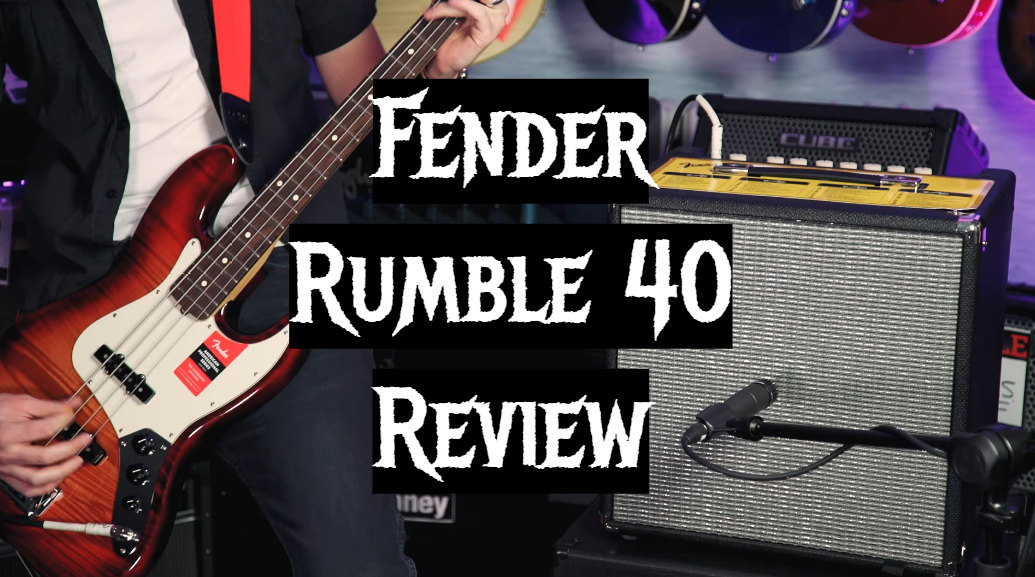
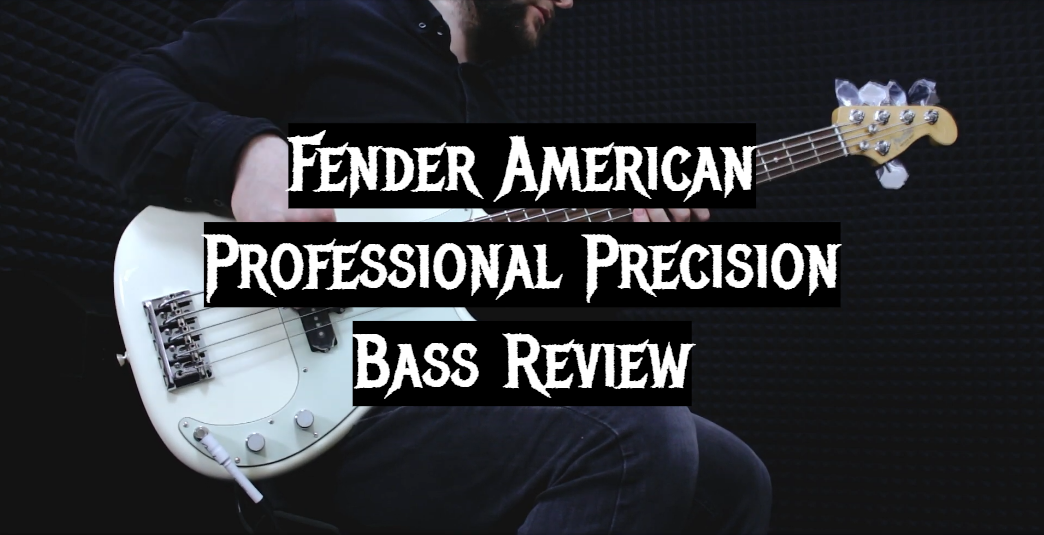

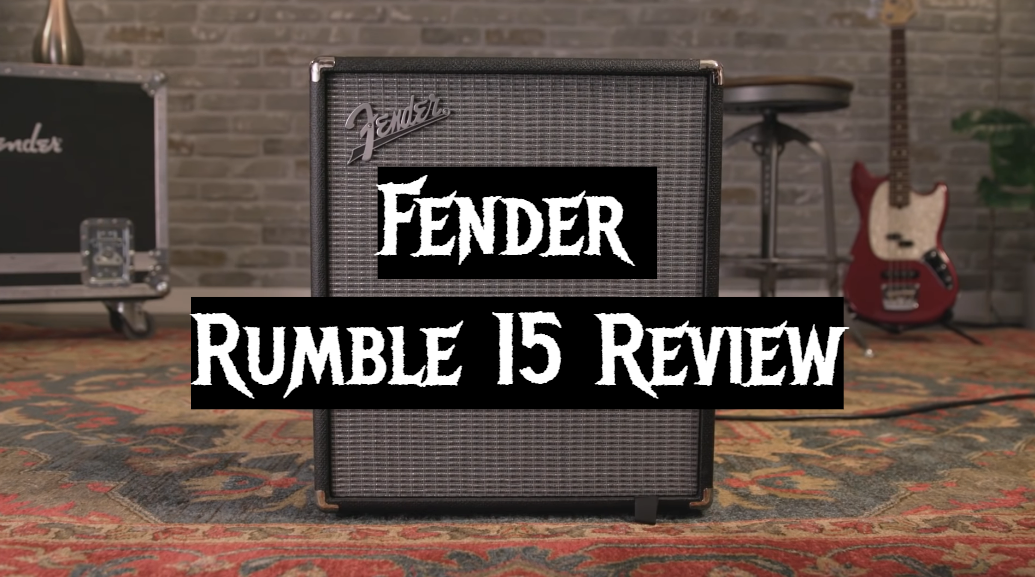
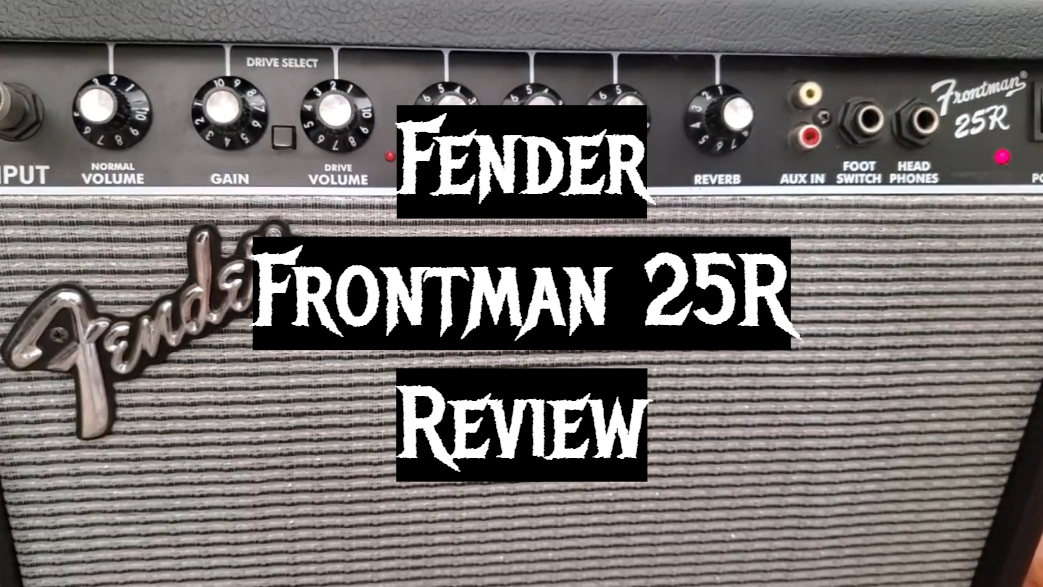
Leave a Reply